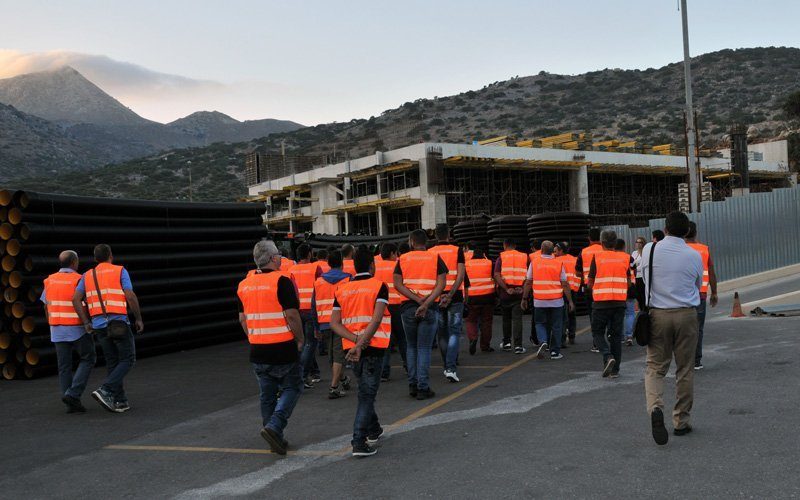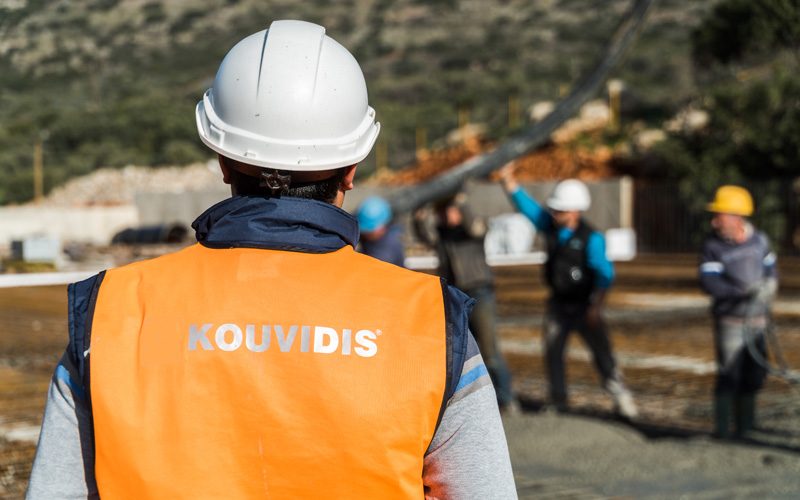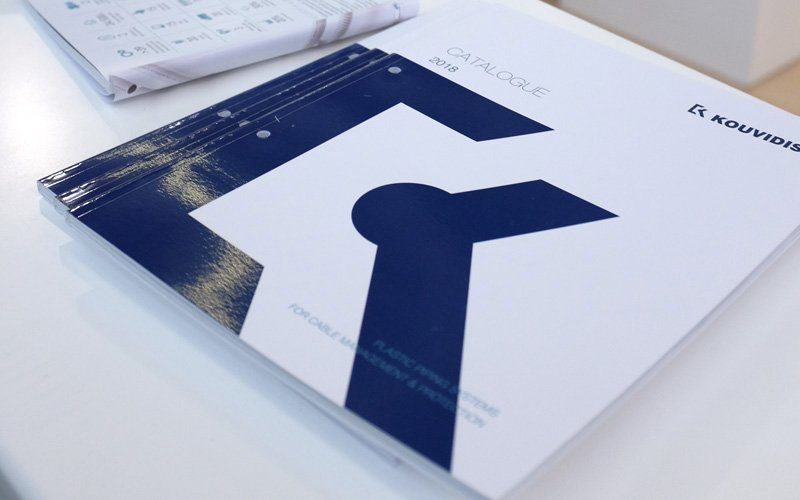All information must be printed on the conduits in indelible, easily readable print. Regarding conduits intended for surface networks, the key information according to the ΕΝ 61386.01 standard includes the manufacturer’s name or a relevant logo and the product name or code number in a way that enables the user to perform a relevant search in the corresponding catalogue/user manual. The information must also include the classification code, at least the first four digits, the connection capabilities with other fittings, as well as earthing specifications, if required.
In the case of conduits intended for underground networks, the key information according to the ΕΝ 61386-24 standard includes, in addition to the above, the impact resistance class (L or N), as well as the compression resistance class (Type 250, 450, 750). Regarding the order of information, the conduit’s impact resistance class is printed first, followed by its compression resistance class (e.g. N750). Individual information may also include the connection capabilities with other fittings.
In both cases, the manufacturer must provide a CE marking for the conduit in order to indicate the product’s compliance with the European Low Voltage Directive 2014/35/EU and also include in the relevant documentation all required information regarding the proper and safe transportation, storage, installation and use of the conduits. The relevant information must be repeated along the conduit at one to three-metre intervals.


